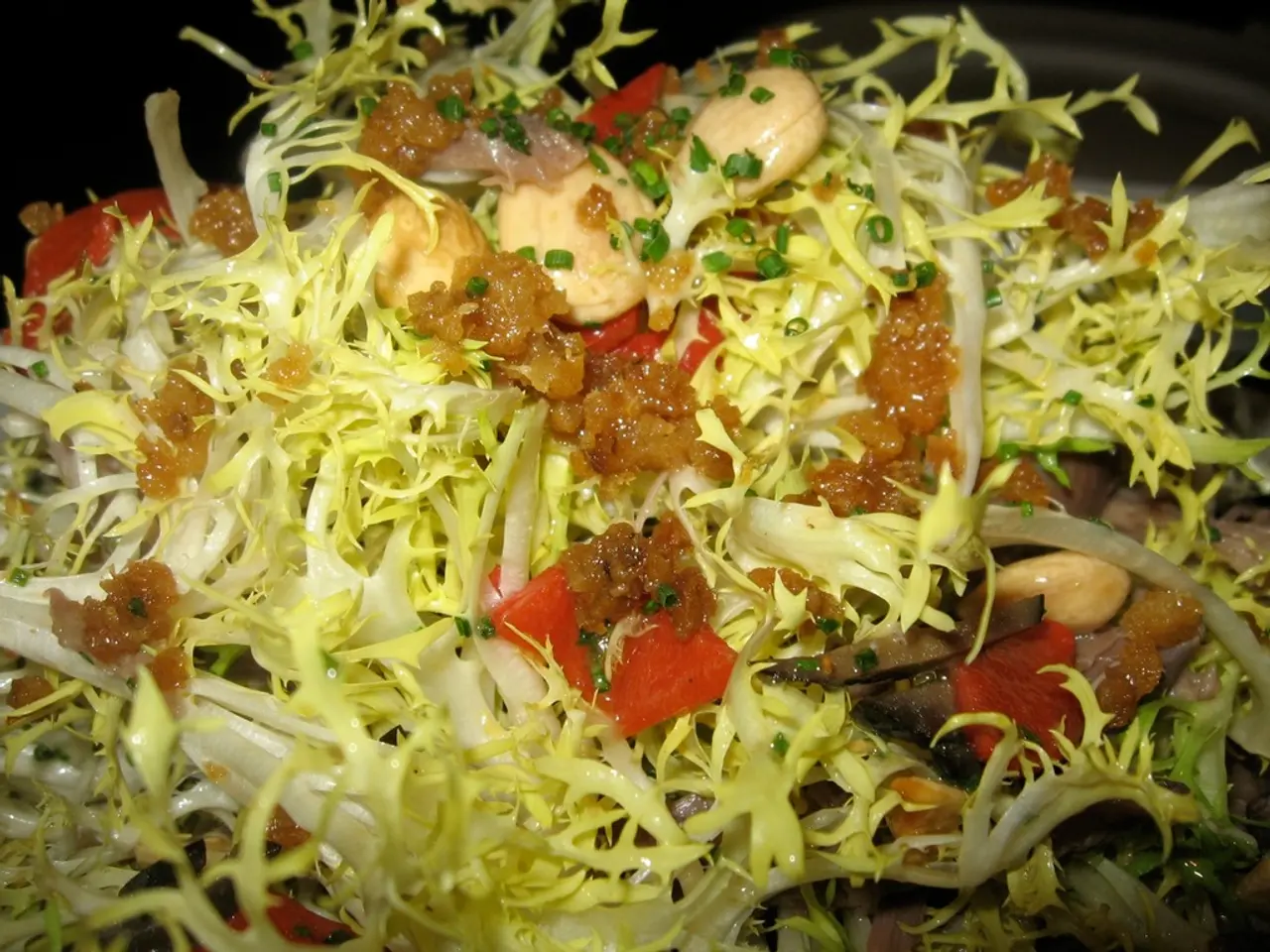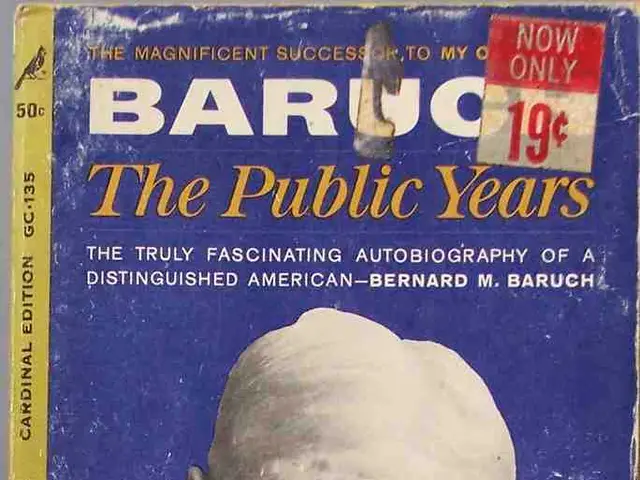Getting Started with Home Sous Vide: Mastering the Art of Precision Cooking at Your Own Place
Sous vide cooking, a French term meaning 'under vacuum', is revolutionising home kitchens, offering a precise and convenient way to prepare meals with consistently perfect results. This innovative method involves sealing food in an airtight bag and submerging it in a water bath maintained at a precise temperature.
The core strength of sous vide cooking lies in its ability to provide even cooking and retain the food's natural moisture and flavours. Popular foods to sous vide include steak, chicken, fish, vegetables, eggs, and even desserts like custards and cheesecakes.
For those seeking to elevate their sous vide game, advanced techniques can help push culinary boundaries and enhance flavour and texture. These include fruit and vegetable compression, precision temperature experimentation, long duration cooking for tenderizing, vacuum bag flavour infusion, batch production and storage, combining sous vide with finishing techniques, using specialized equipment, and apps for real-time control and recipe guidance.
Fruit and vegetable compression, for instance, uses vacuum sealing itself (without cooking) to compress fruits or vegetables, altering their texture and intensifying flavour. This technique creates unique sensory experiences and can be combined with sous vide cooking for complex dishes.
Advanced sous vide cooks also experiment with slight temperature variations to achieve exact doneness, perfecting textures such as medium-rare versus rare in meats or tenderness in vegetables, ensuring replicable, consistent results.
Long duration cooking at low temperatures can tenderize tough cuts of meat while preserving moisture and flavour without overcooking. This method, which can take several hours, is a great way to prepare meals ahead of time and cook them to perfection when needed.
Vacuum sealing also helps rapidly infuse marinades, spices, or aromatics into proteins and vegetables during the cooking process while locking in juices. However, cooks avoid excess liquids in the bag to maintain an airtight seal.
Batch production and storage is another advantage of sous vide cooking. Chefs use it to prepare large quantities of food with consistent quality, then vacuum seal and refrigerate or freeze. This extends shelf life (up to 7 days refrigerated, 18 months frozen) while reducing waste and labour costs in professional kitchens.
After sous vide cooking, food can be seared quickly in a hot skillet to achieve a desirable crust on meats. This guide provides assistance for getting started with sous vide cooking at home.
Sous vide cooking is increasingly popular among home cooks due to its convenience, precision, and ability to retain more of the food's natural juices and nutrients, enhancing flavour. Essential equipment for sous vide cooking includes a sous vide machine (immersion circulator), vacuum sealer, containers and racks, and temperature-safe bags.
Popular sous vide machine models include the Anova Precision Cooker and the Joule by ChefSteps. Tips for successful sous vide cooking include proper bag sealing, uniform size and thickness of food, monitoring water level, and experimenting with flavours.
With these tips and techniques, home cooks can master sous vide cooking and elevate their home cooking to professional levels.
- The kitchen's style and quality are improved with the inclusion of smart-home devices like sous vide machines, a modern appliance revolutionizing home cooking.
- For culinary enthusiasts, sous vide cooking offers advanced techniques to experiment with, such as precision temperature adjustments, fruit and vegetable compression, and batch production.
- Guarding against excess liquids in the bag during vacuum sealing, home cooks can infuse marinades and spices into their proteins and vegetables, enhancing flavour.
- Essential equipment for a sous vide kitchen includes a sous vide machine, a vacuum sealer, containers, racks, and temperature-safe bags, transforming home cooking into a professional endeavor.





